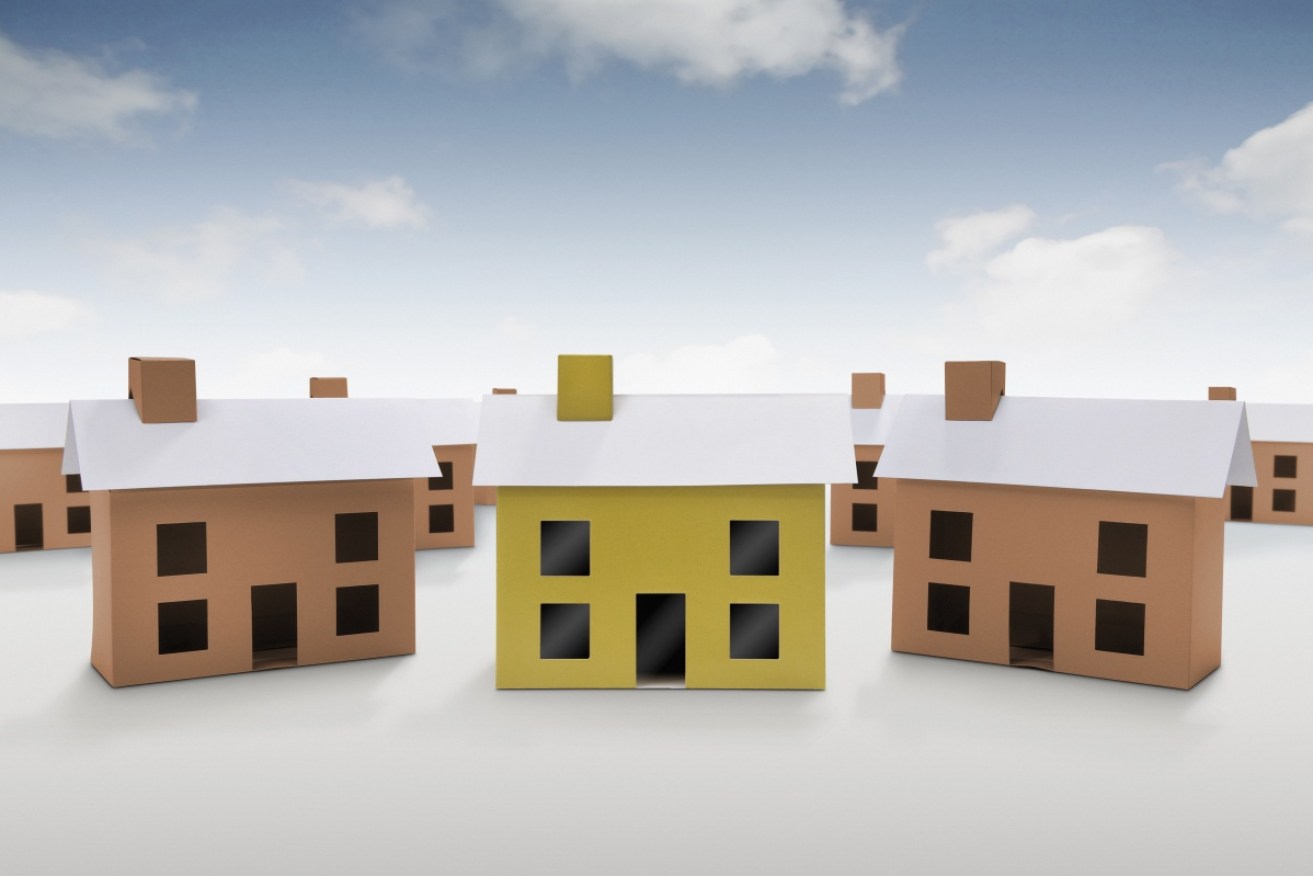The surprising body putting its hand up to fix our housing crisis


A growing population needs a growing housing base. Photo Getty
That Australia is in the midst of a housing affordability crisis is accepted by politicians of all stripes.
There are 250,000 people on the waiting list for public housing, with more than half of those deemed high priority still likely to be waiting for more than two years.
The Anglicare Rental Affordability Snapshot of 2016 found a single person with two kids receiving the Parenting Payment could afford just 1 per cent of properties listed for rent.
Sixty per cent of Australians living below the poverty line are in rental accommodation, with those who own their own home far less likely to slip into poverty.
But if affording rent is hard, affording to buy a house is more of a pipe dream than the great Australian dream.
The average Australian mortgage is now four times the average annual wage, up from 2.5 times the average wage in 1994.
Mission Australia CEO Catherine Yeomans sees first-hand the impact of housing stress.
“We know that for so many of our users the crippling cost of rent is a significant proportion of their income. Addressing the affordability and social housing crisis is one way we can break that cycle of poverty,” she says.
The problem is what’s known in finance circles as `inelasticity’. If the market is behaving as it should, the reaction to high demand and low supply should be an immediate increase in supply. Instead, we’ve seen supply remain static and housing prices sky-rocket.

Affording to purchase a home is becoming far less realistic for Australian’s that are currently paying rent
So what can be done?
In its 2015 report, An Affordable Housing Reform Agenda, the Australian Council of Social Services acknowledged the problem could only be solved with the input of the private sector.
“Access to a continuous pool of low-cost, long-term private funds would accelerate the rate of growth in affordable housing and increase the scale of developments,” the report said.
In January this year the government established an Affordable Housing Working Group to look into the best ways of increasing the supply of affordable housing. Industry SuperFunds, through their peak body Industry Super Australia, had some suggestions.
Their suggestions were predicated first and foremost on whether they could use their vast holdings – $209 billion at last count – to make investments in the affordable housing sphere that could benefit their members by way of returns.
A secondary benefit would be helping the many industry super fund members who themselves struggle to find affordable accommodation.
So how can super funds help?
A number of models were considered, with two clear front-runners.
Under the Australian Housing and Urban Research Institute (AHURI) model, super funds would finance the construction of affordable housing by way of government guaranteed bonds.
Another model proposed was the densification/recycling model. Under this proposal, super funds would purchase brownfield assets from the government. These assets would then be valued-added with the addition of new housing in open spaces or by going up, in the form of apartments.
Shops and retail spaces would be added to further increase the asset’s value, and then the asset would be sold off, with the proceeds used for the next project.
Industry Super Australia chief executive David Whiteley said using the right mix of government intervention and private funding to solve Australia’s housing affordability crisis could be a win-win for its members.
“Our main priority in everything we do is maximising returns for our members, but this could have that extra benefit of helping many of our members into more affordable housing themselves,” he said.
This content was brought to you by Industry Super Australia. For more information, click the logo below:
